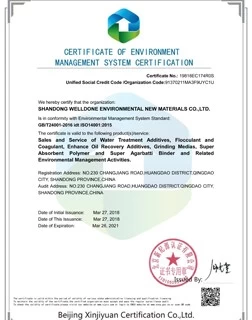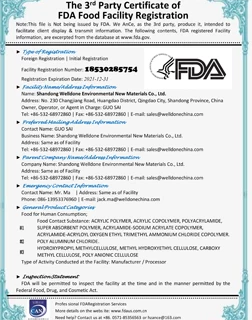The Difference Between Hydroxypropylmethylcellulose And Hydroxyethylcellulose
The differences between hydroxypropylmethylcellulose and hydroxyethylcellulose: different properties, different uses, and different solubility.
1. Different characteristics
Hydroxypropylmethylcellulose: white or similar white fiber or granular powder, belonging to various nonionic cellulose mixed ethers.It is a semi-synthetic, inactive viscoelastic polymer.
Hydroxyethyl cellulose: (HEC) is a white or yellow, odorless, non-toxic fiber or powder solid.It is formed by the etherization of alkaline cellulose and ethylene oxide (or chloroethanol).It is a nonionic soluble cellulose ether.
2. Different uses
Hydroxypropylmethylcellulose: As a thickener, dispersant and stabilizer in the coating industry, it has good solubility in water or organic solvents.As a paint remover, PVC is used for suspension polymerization to prepare PVC, and is widely used in leather, paper products, fruit and vegetable preservation and textile industry.
Hydroxyethyl cellulose: used as binders, surfactants, colloidal protectants, dispersants, emulsifiers, and dispersion stabilizers.It is widely used in paints, inks, fibers, dyeing, papermaking, cosmetics, pesticides, mineral processing, petroleum recovery and medicine.
3. Different solubility
Hydroxypropylmethylcellulose: Almost insoluble in absolute ethanol, diethyl ether, acetone; soluble in clear or slightly turbid colloidal solution in cold water.
Hydroxyethyl cellulose: It has the characteristics of thickening, suspension, adhesion, emulsification, dispersion, and moisturizing. It can prepare solutions of different viscosity ranges and has excellent salt solubility in electrolytes.




.jpg.webp)

